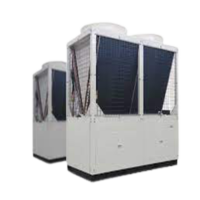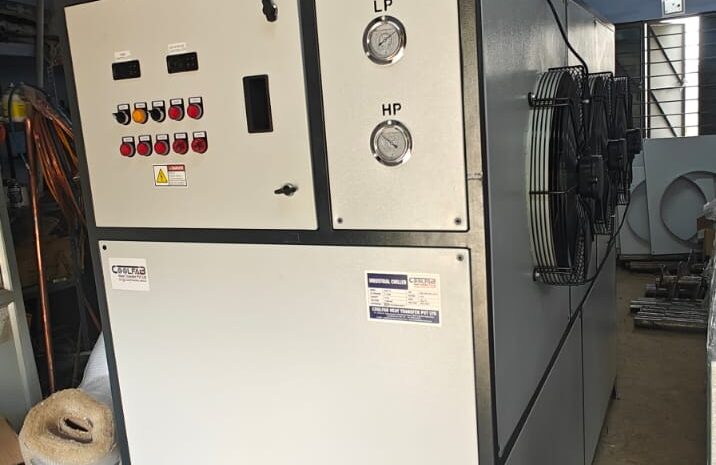Chiller Maintenance Best Practices
Chiller maintenance is fundamental to guarantee ideal execution, energy productivity, and reliability. Chiller Maintenance Best Practices : Here are a few best hones for chiller support:
Regular Inspections:
Conduct routine visual inspections of the chiller system to check for spills, corrosion, fouling, and other signs of wear and tear. Assess components such as channels, fittings, valves, and insulation for any issues.
Cleanliness:
Keep the chiller and encompassing area clean to anticipate debris, soil, and vegetation from discouraging wind current or entering the system. Routinely clean the condenser coils, evaporator coils, and cooling tower fill to preserve proficient heat transfer.
Water Treatment:
Execute a water treatment program to anticipate scale buildup, corrosion, and biological development within the chiller’s water system. Screen water quality parameters such as pH, conductivity, and biocide levels routinely and alter treatment chemicals as required.
Lubrication:
Guarantee proper lubrication of moving parts such as orientation, motors, and pumps to play down friction and wear. Take after producer recommendations for lubrication interims and utilize high-quality greases suitable for chiller applications.
Filter Replacement:
Supplant air filters and water filters as suggested by the producer to preserve ideal wind current and water quality. Clogged filters can limit airflow and decrease chiller effectiveness.
Temperature and Pressure Monitoring:
Monitor working temperatures and pressures regularly to distinguish variations from the norm and anticipate system failures. Introduce temperature and pressure gages at key points within the chiller system and record readings amid schedule inspections.
Condenser and Evaporator Tube Cleaning:
Periodically clean the condenser and evaporator tubes to remove scale, fouling, and silt buildup. Utilize mechanical tube cleaning gear, chemical descaling operators, or water flushing techniques to restore heat transfer proficiency.
Electrical System Inspection:
Review electrical components such as wiring, connectors, contactors, and transfers for signs of damage, overheating, or loose associations. Guarantee proper establishing and electrical security measures are in place.
Refrigerant Leak Detection:
Frequently check for refrigerant spills utilizing electronic leak detectors or bright (UV) dye tests. Address any leaks instantly to avoid refrigerant misfortune, environmental damage, and potential security hazards.
Compressor Maintenance:
Take after producer guidelines for compressor maintenance, counting oil changes, refrigerant charge alterations, and vibration investigation. Review compressor suction and discharge valves, motor windings, and cover for wear and damage.
Training and Documentation:
Give preparing for maintenance personnel on appropriate chiller operation, support methods, and security protocols. Maintain point by point records of maintenance activities, repairs, and hardware performance for future reference and analysis.
By following these best practices for chiller maintenance, you can prolong the life expectancy of your chiller, minimize downtime, and guarantee productive operation all through its benefit life. Regular maintenance makes a difference identify and address potential issues before they escalate into exorbitant repairs or system disappointments.


